In the midst of a food affordability crisis, community-led solutions aim to bring nutritious, accessible and homegrown produce from concrete to kitchen
By Grace Henkel
As visitors file onto the Daphne Cockwell Complex (DCC) rooftop, breaking into the hazy September sunshine, a woman offers around tiny spheres, moving deftly through the crowd to share a fruit encased in teardrop-shaped, papery leaves. Encouraged to try them, visitors peel back the delicate, translucent pouches to reveal pale yellow berries, each one about the size of a grape. Exchanging smiles, several agree a pineapple-like taste, but milder erupts over their palates after crushing the small offerings between their teeth.
On the roof of the DCC sits one of two sites for Toronto Metropolitan University’s (TMU) Urban Farm. A myriad of vegetables, legumes, herbs and fruits—like the ground cherries passed around as visitors arrived—grow alongside one another. They sprawl along soil beds, entwine with the chain link fence and coil up wooden trellises rooted in the dirt.
Since the implementation of Toronto’s Green Roof Bylaw in 2009, rooftops with an area of 2000 square metres and greater must include a greenspace that covers 20 to 60 per cent of their surface. Although the bylaw emphasizes green roofs that support biodiversity and reduce the urban heat island effectt, solutions to the climate emergency have long been aligned with the pursuit of intersectional food justice.
In 2023, the percentage of Canadians living in food-insecure households climbed to new record highs in every province, according to the University of Toronto’s research program PROOF. Disparities for marginalized communities are especially significant. A 2021 survey reported that nearly 37 per cent of Black children in Canada are food insecure compared to 12 per cent of white children according to Toronto non-profit Black Food Sovereignty Alliance (BFSA).
Although the practice of urban agriculture is nothing new, Black and Indigenous food sovereignty movements continue to apply intergenerational knowledge in tackling these ongoing challenges. The BFSA defines Black food sovereignty as “the right of people of African descent to access healthy and culturally appropriate food produced through ecologically sound and sustainable methods.”
Emergency food outreach programs, like Toronto-based Daily Bread Food Bank, have seen a stark rise in the cost of living and food insecurity, particularly among Canada’s marginalized communities. Green roofs and other forms of urban agriculture provide opportunities for localized solutions, bridging gaps in food education and access.
Weaving between rows of rust-orange marigolds and broad-leafed nasturtiums, Nicole Austin, founder of the Harvest Collective and Learning Circle at TMU, identifies each plant and herb on the DCC rooftop in a language of distinct tastes, colours and sensations.
Austin held her final workshop of the season at the DCC rooftop farm on Sept. 20. The Learning Circle is a Black food sovereignty initiative dedicated to empowering students in the African diaspora with the skills to grow culturally-significant foods and the knowledge to define their own agriculture systems.
Surrounded by a semicircle of visitors, she passes around tangy, fragrant stems of lemongrass—or “fever grass”—and encourages everyone to rub licorice-scented Thai basil between their fingertips. She points to a flowering bush with deep burgundy stems, five-pronged leaves and spiky, star-shaped buds. Austin asks if anyone can identify it. Several visitors quickly chime in with the correct answer: “Sorrel!”
Sorrel, or roselle, is one of the numerous plants growing on the DCC rooftop that holds significance for the African diaspora. Though the plant species originated in West Africa, it has become naturalized in the Caribbean and West Indies. Alongside the sorrel and its mallow family cousin, okra, Austin grows chayote, or “cho-cho” squash and long beans, or “yard-long beans,” as they’re known in Jamaica.
She describes the buttery, mustard-like taste of Ethiopian kale, shows off bright, multicoloured buena mulata peppers and points out the deep plum shade of purple hyacinth beans which indicates their rich anthocyanin content. Austin’s vivid descriptions introduce some of the critical elements in her practice: food literacy and community healing.
“Not only are they companion plants as they grow, if you make a meal with all of them—all the proteins, nutrients, minerals—it’s a complete meal,” Austin explains.
The Learning Circle’s emphasis on environmental stewardship—another critical aspect of Austin’s approach—means participants can pick and eat produce straight from the soil. The DCC rooftop operates without pesticides or spraying to eradicate weeds.
With the Learning Circle, she not only hopes to encourage participants to “try something they’ve never tried before,” but to seek comfort and share cross-cultural ties in deeply familiar foods, “regardless of where they’re from across the African diaspora.”
In a previous workshop that hosted a group of graduate students in social work, Austin met a student from Ghana who immediately recognized some of the crops she was growing.
“She started getting emotional,” says Austin. “She [said], ‘I don’t know what’s happening to me right now, but it’s just so amazing to be in this space and see my culture represented.’”
Awa Dembele-Yeno, a final-year image arts photography student at TMU and longtime volunteer at the Urban Farm, spoke on how deeply the Learning Circle and the Black food sovereignty movement resonate with her.
Structuring gardens and cultivating food is “all about our relationship or perspective on our environment, whether it is [the] natural or built environment,” says Dembele-Yeno. “It reflects a lot how we think.”
She adds, “the food I eat, the things I’m attracted to, the things that even bring me comfort, it is part of my personal family history but also cultural history.”
Still, Austin acknowledges that keeping traction for the movement—one largely driven forward and maintained by community members—can be challenging. “People burn out because they’re usually volunteering,” she says.
Volunteering is heavily emphasized, as “often, there’s not money to amplify” the grassroots initiatives that promote Black food sovereignty in Toronto, she explains.
The question of shifting to publicly funded initiatives has also been met with skepticism from some advocates and volunteers, who have kept food programming going for years without official support from the city.
In October 2021, the City of Toronto’s Confronting Anti-Black Racism (CABR) Unit put the Black Food Sovereignty Plan in motion. The program is designed “to address chronic food insecurity, anti-Black racism and structural inequity in Toronto’s local food system,” according to the BFSA.
“There was a little pushback by some of the older community members that have been doing this for a long time,” says Austin. “They don’t trust the institutions because of the past systemic racism.”
Still, Austin stresses the need for Black communities to feel “represented” and “prioritized” in the spaces that have historically excluded them. In this way, public support opens up new opportunities to further mobilize food justice.
“Because these are days of reckoning, I think that we all recognize that spaces need to be intentionally created for marginalized groups,” says Austin. With municipal support and a “three B” approach—Black-led, Black-mandated and Black-serving—Austin says communities of colour “can keep building capacity and not keep starting from scratch again, or burning out.”
Adwoa Toku, senior urban agriculture coordinator at Toronto-based initiative The Stop, has also seen the gradual increase in municipal support for Black food sovereignty. Helping to operate community gardens and collective kitchens, she’s witnessing first-hand the rise in public funding following the most challenging years of the COVID-19 pandemic.
“I just hope that there’s longevity because a lot of these people who are involved in these initiatives have given their life to it—over 20 years of farming experience, food knowledge, food systems,” she says. “People who are elders in the community and people who have dedicated their life to the future so that everyone will be able to eat well.”
“It is part of my personal family history, but also cultural history“
Alongside Austin’s Harvest Collective and Learning Circle workshop, Indigenous engagement coordinator Samantha Williams-Barrantes leads a tour of the Indigenous Foodways Medicine and Three Sisters Gardens, which expanded to the DCC rooftop in 2022.
The “Three Sisters” is the practice of cultivating corn, beans and squash in harmony with one another. This symbiotic relationship—a deeply significant tradition among several Indigenous peoples of the Great Lakes region—enables corn stalks to provide structural support for the beans, low-lying squash leaves to act as a ground cover to deter weeds and beans to release nitrates that act as a naturally-occurring fertilizer.
According to Williams-Barrantes, approximately 48 species of Indigenous medicinal herbs—like the wound-binding coagulant yarrow, anti-inflammatory goldenrod or stomach-settling bearberries—grow on the DCC rooftop. Several European varieties—dispersed by colonial settlement in what is now Canada—also grow communally with the native plants.
This coexistence, says Williams-Barrantes, is a powerful microcosm of Indigenous-settler reconciliation and a symbol of healing from the legacies of colonial violence and cultural genocide. In the spirit of this example, settler descendants and Indigenous peoples may “continue reciprocal relationships based on good intentions and respect.”
Ever Palma, a graduate student in environmental studies at York University, attended the Indigenous Foodways workshop to supplement his thesis research, which examines “what Indigenous—specifically urban Indigenous people—want and need, trying to see if planning in some way can be restructured to address those.”
Palma, who is Tzotzil Mayan from Chiapas, Mexico, notes several parallels between his ancestral perspectives on food sovereignty and those emerging in Canada.
“My father is Raramuri, which is in northern Mexico,” says Palma. “So they are more of the ‘persistent hunters’ on my father’s side, while my mother and grandmother’s side is more of what we are seeing here with the mounds, like the Three Sisters, but agrarian in the mountainous terrain.”
Palma’s research also explores international food sovereignty movements like La Via Campesina, an agroecological justice collective comprised of “millions of peasants, landless workers, Indigenous people, pastoralists, fishers, migrant farmworkers, small and medium-size farmers, rural women, and peasant youth.” The movement advocates for a decentralized world food distribution system. Palma says the emergence of La Via Campesina in South and Central America reflects many of the same principles of the Land Back and Truth and Reconciliation movements in Canada.
“In Mexico, I’ve noticed that Indigenous people don’t have the same role or viewpoint as Indigenous people here in Canada, mainly because of how colonization impacted them. It varies, but [many] traditions and practices are very similar,” he says.
Palma has also worked as an ecological programming instructor with the City of Toronto and says the structure of municipal gardens varies considerably from those that are “more community driven.”
“It’s a lot more culturally tied to food using this space rather than my city work.” In his job, Palma says he was left asking “how can we maximize the space and create more produce?” As opposed to “what is meeting the needs of the people?”
As well as feeding communities, urban gardens can spring up as individual passion projects and a chance to seek out self-sufficiency in preparing fresh, cost-effective food. Livia Whynott, a second-year urban planning student at TMU, converted her backyard into a thriving garden at her Mississauga, Ont. home last year.
Although they previously “dabbled a bit” with knowledge from their father and family friends, Whynott’s setup grew exponentially this past summer. After building homemade trellises with bamboo, fashioning a protective cage for their strawberries and adjusting plant placement to optimize sun exposure, Whynott’s garden now supports a long list of berries, herbs and vegetables.
Her phone’s camera roll is filled to the brim with photos of her garden—bushes dripping with scarlet currants, tomatoes ripening in vibrant blushes of red and piles of pearl onions speckled with soil.
Looking back on the past summer, their focus “wasn’t particularly [on] the gardening itself, but what to do after.” Having grown and accumulated more cucumbers than they could possibly use on their own, Whynott utilized the wisdom from a Ukrainian co-worker with expertise in canning and pickling.
“I was like, ‘I don’t know what to do with these,’ and she taught me how to pickle [them] with just salt,” recalls Whynott.
Even as prime gardening weather draws to a close, the fruits—as well as the herbs and vegetables of Whynott’s labour—remain something they can adopt into everyday meal prep. Whynott brought pickles seasoned with her own dill and peppers to her friends on the first day of school and gave her mother home-grown rosemary to make tea. A salad—prepared and garnished entirely from their own produce—and tortellini with homemade marinara, stood out to Whynott as the best meals she had eaten all summer.
“It’s so rewarding to have pasta with your own tomato sauce,” she says.
With a garden tailored to her own tastes and preferences, Whynott says she has saved money on groceries and reduced the amount of produce she might have otherwise wasted.
“This year, learning [to] grow what you actually eat really did actually make an impact on [me], and now I’m very critical of the vegetables I see at the stores.”
Despite the often high-maintenance realities of growing a garden, including regular weed and pest removal, fertilizing, watering and structural repairs, Whynott feels the cost-effectiveness of growing your own food can be worthwhile.
The 2024 Food Price Report from Dalhousie University’s Agri-Food Analytics Lab anticipated a spike in food prices related to “rising costs of inputs, heightened transportation expenses and the detrimental effects of climate change on crop yields.” The report also projected that a family of four would spend $16,297.20 on food in 2024 on average, an increase of up to $701.79 from 2023.
Whynott says that having a level of self-reliance and trust in her garden, with a “laissez-faire” approach, has taken off some of the pressures of purchasing from larger grocery retailers.
“You use it more when you know that you have it in your backyard, so you’re enhancing your own meals just by having it and saving money,” says Whynott.
Toku, alongside her work in community gardens, also grows her own food and has been vegan for the past 12 years. Cultivating produce in her backyard has allowed her to retrieve precious childhood recipes and nurture communal food preparation with friends, she says.
“My family’s from Ghana and I was born here, so there’s obviously this kind of bridging of diasporic palates that happens. I really love the foods my mom made when I was growing up and now, living on my own, that’s not as easily accessible,” says Toku.
“But because of my growing practice, I play around with the food—the veggies that I use to recreate these meals.”
Recalling the “star” of her garden this year, bitter melon, Toku experimented with the fruit, a staple in many African, Asian and Caribbean cuisines. Having incorporated it into plant-based stir fries, fried rice and stews, Toku says “I feel like I know it so intimately, in a way. It’s burned into my brain—the smell is so potent. I’ll recognize it everywhere.”
For Toku, urban gardening means embracing the “beautifully joyful practice of [preparing] whole foods and ‘fun food.’”
“It’s so rewarding to have pasta with your own tomato sauce“
As Austin’s last workshop wraps up, participants step down from the soil beds, arms laden with scotch bonnets, basil and buena mulata peppers. Moving effortlessly through the crowd of visitors, Austin passes around thick bunches of collard greens, ensuring each participant takes a piece of the garden home with them.
“I’m not going to solve the food insecurity problem in this space,” says Austin, when the final visitor has left the rooftop. “I’m not going to feed all the hungry people from this space, but what I can do is try to engage with as many people as I can.”
Building on her work over the last four years, Austin continues to empower her students, merging tastes and traditions to foster diasporic knowledge and healing.
“Hopefully, [I can] inspire them to become part of the food sovereignty movement in their own communities, and advocate for policy and spaces for access to healthy, affordable food that’s culturally significant for them.”


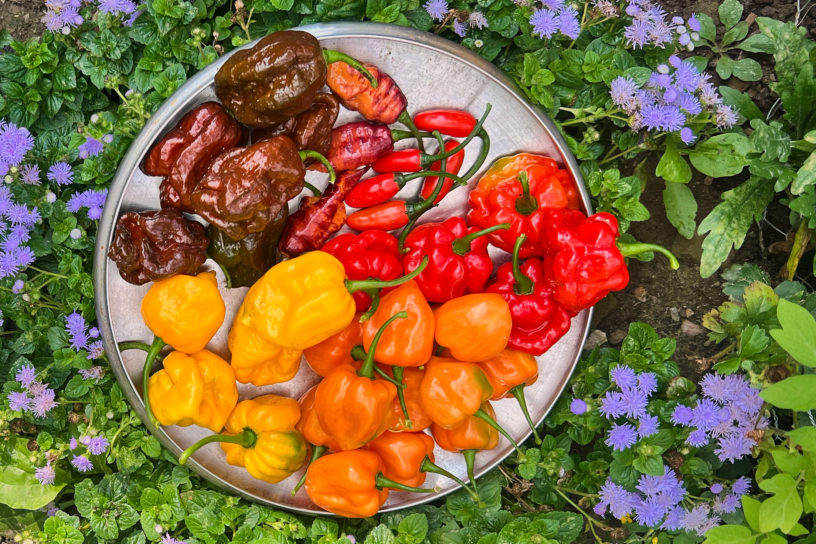
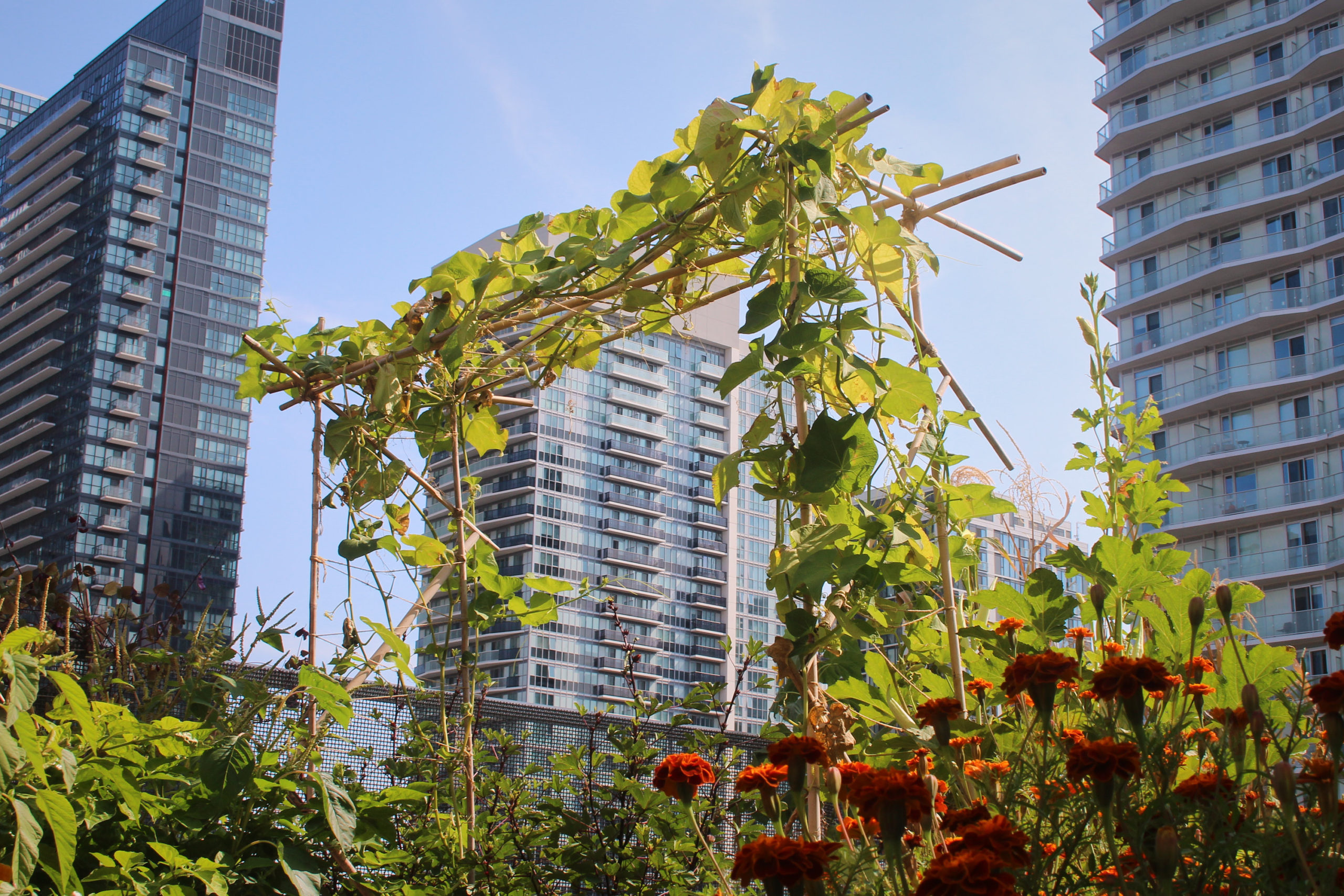
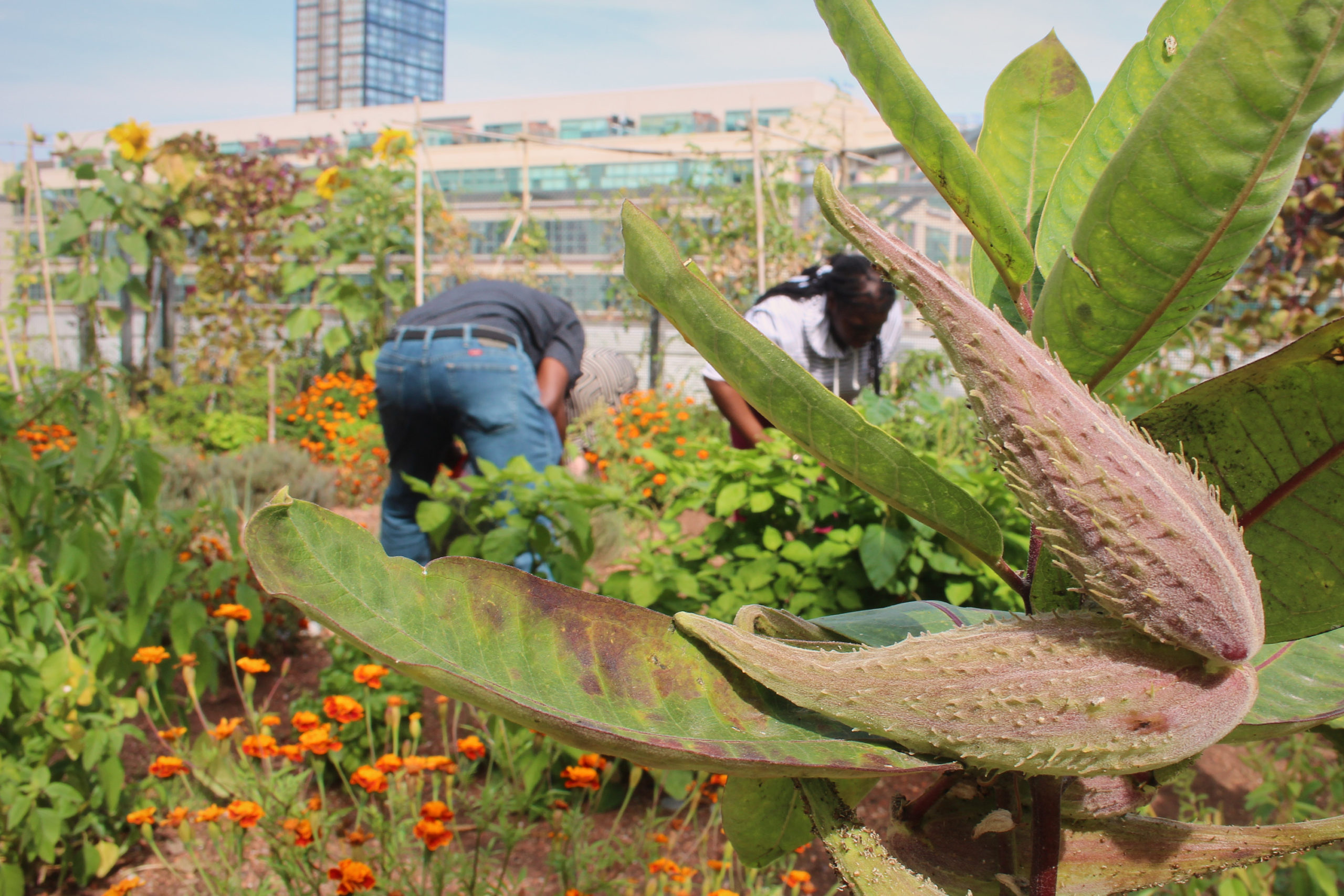
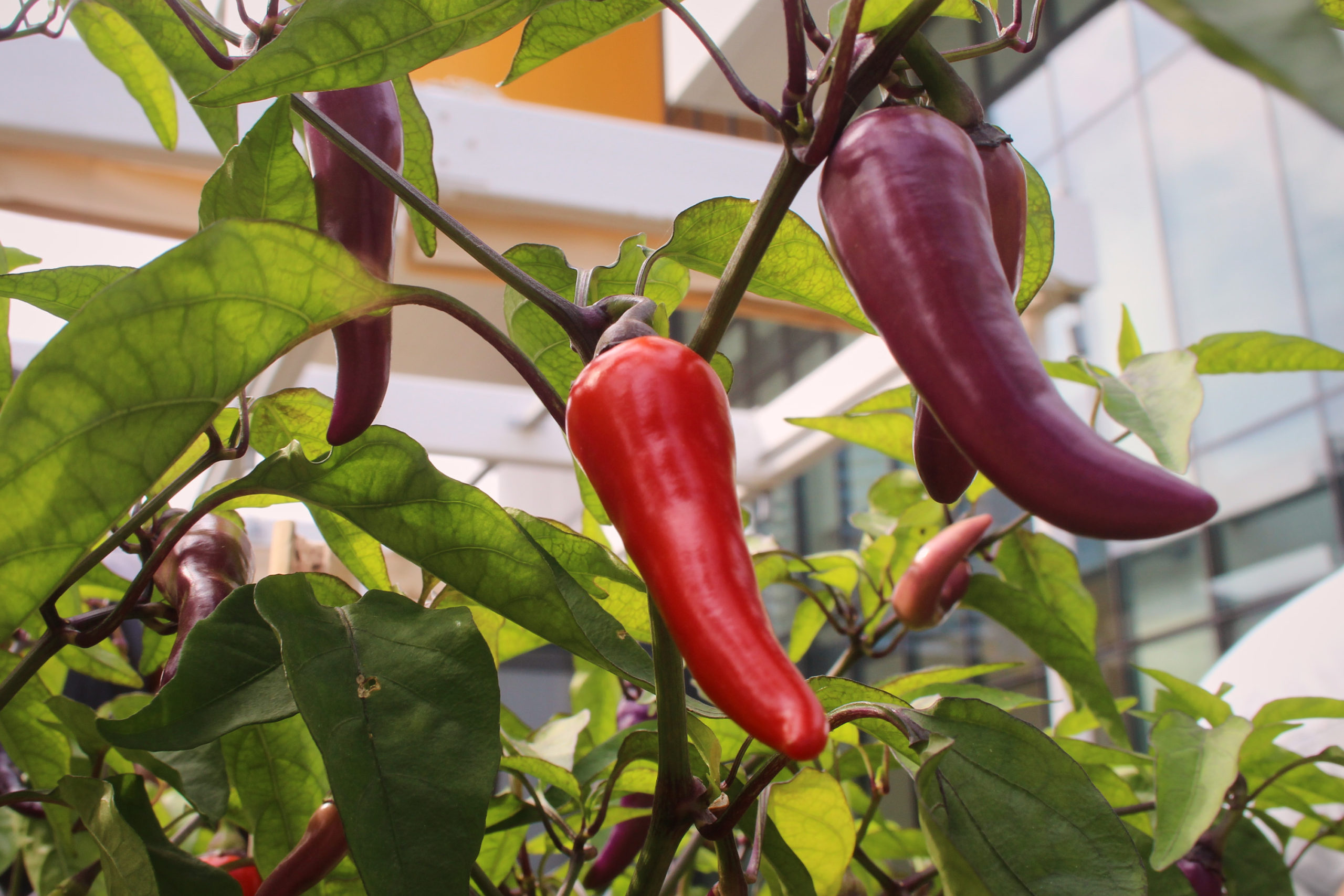
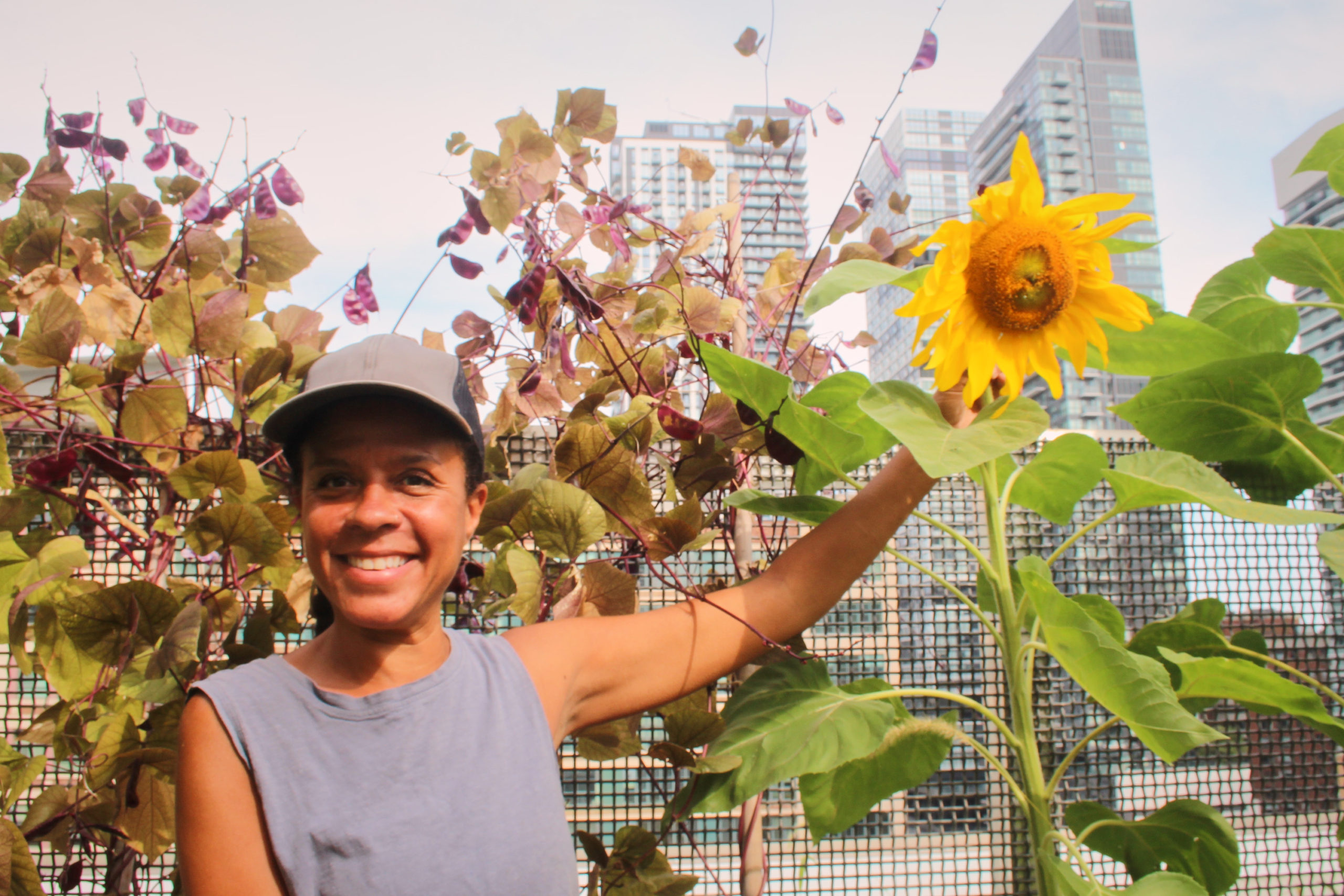
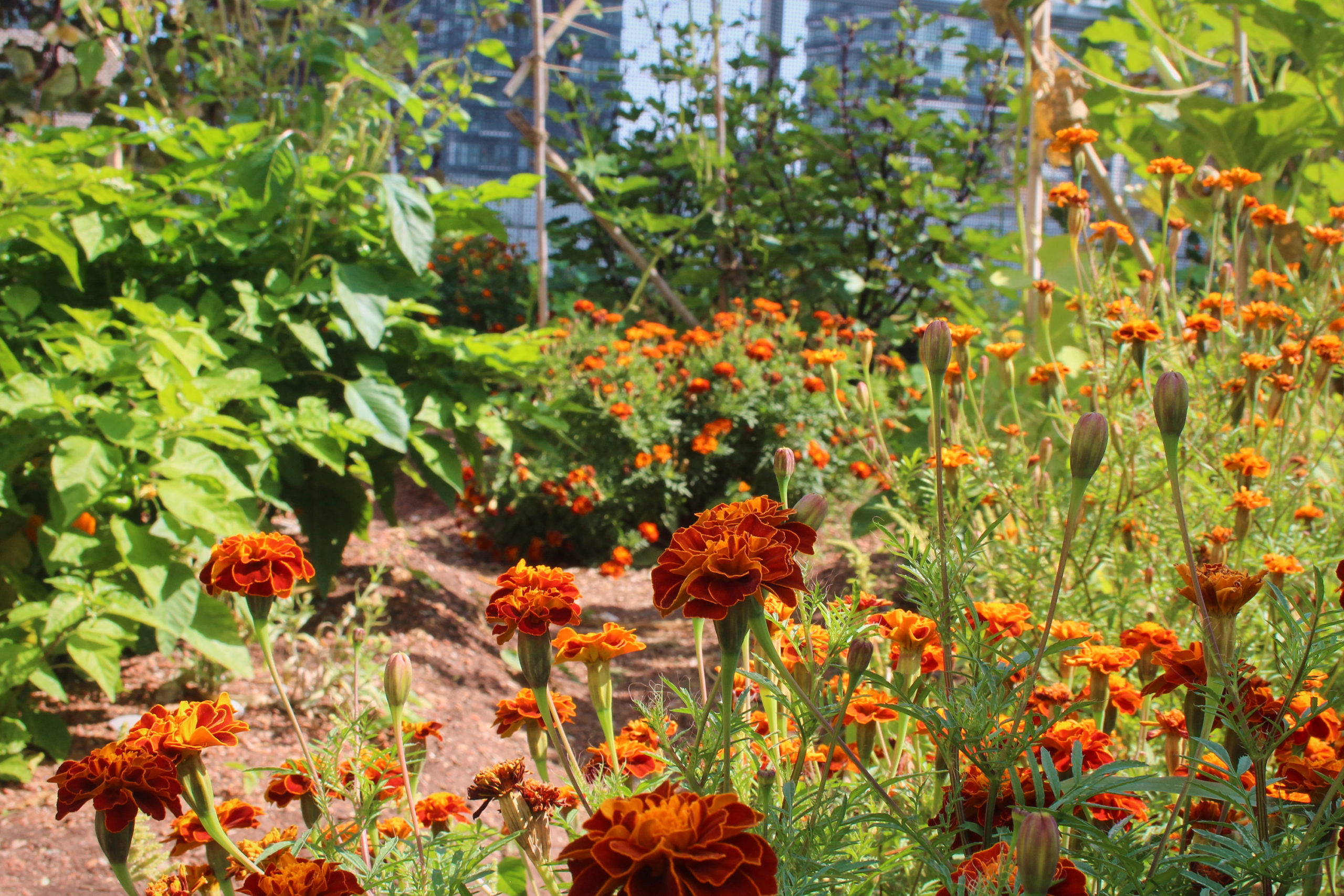
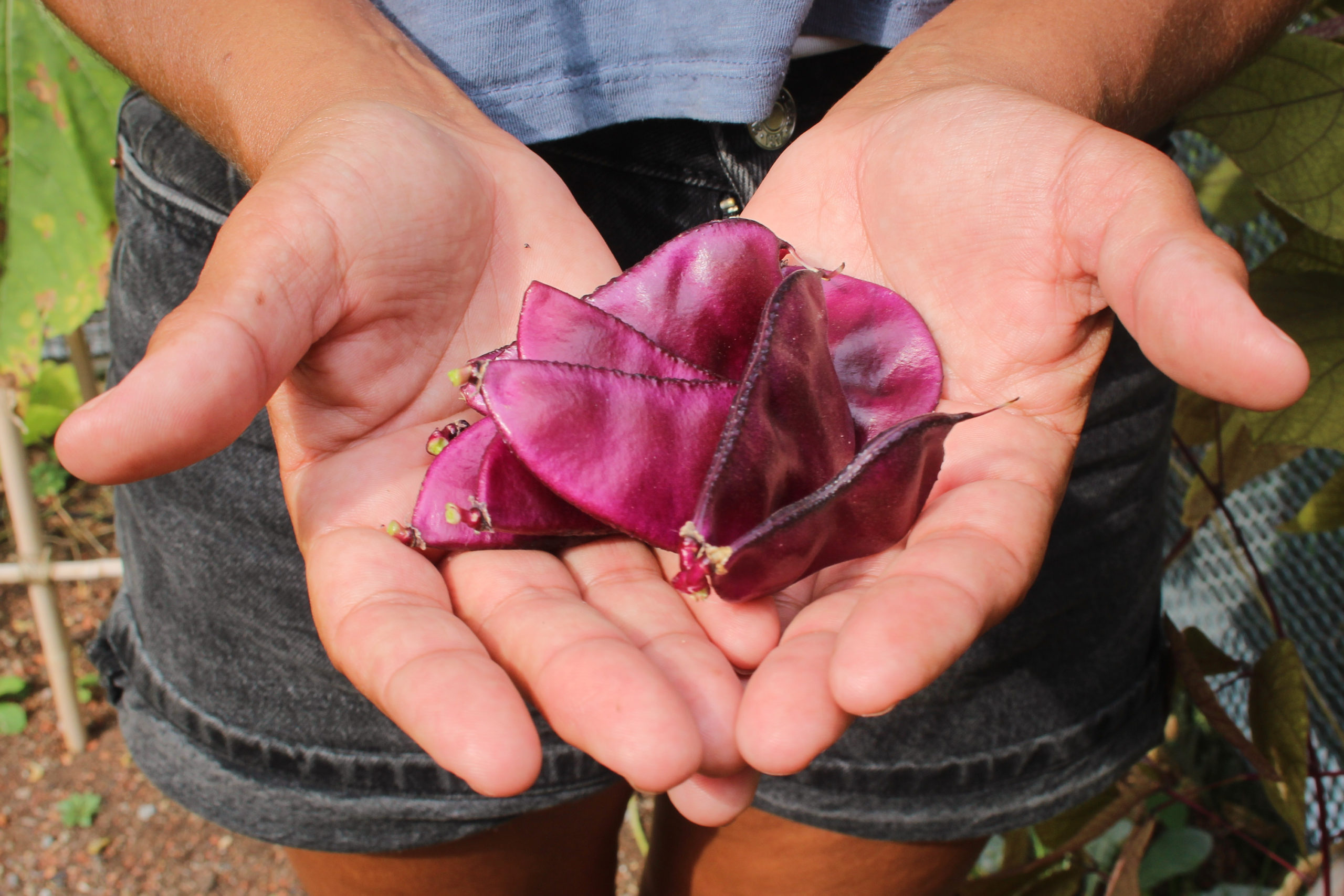
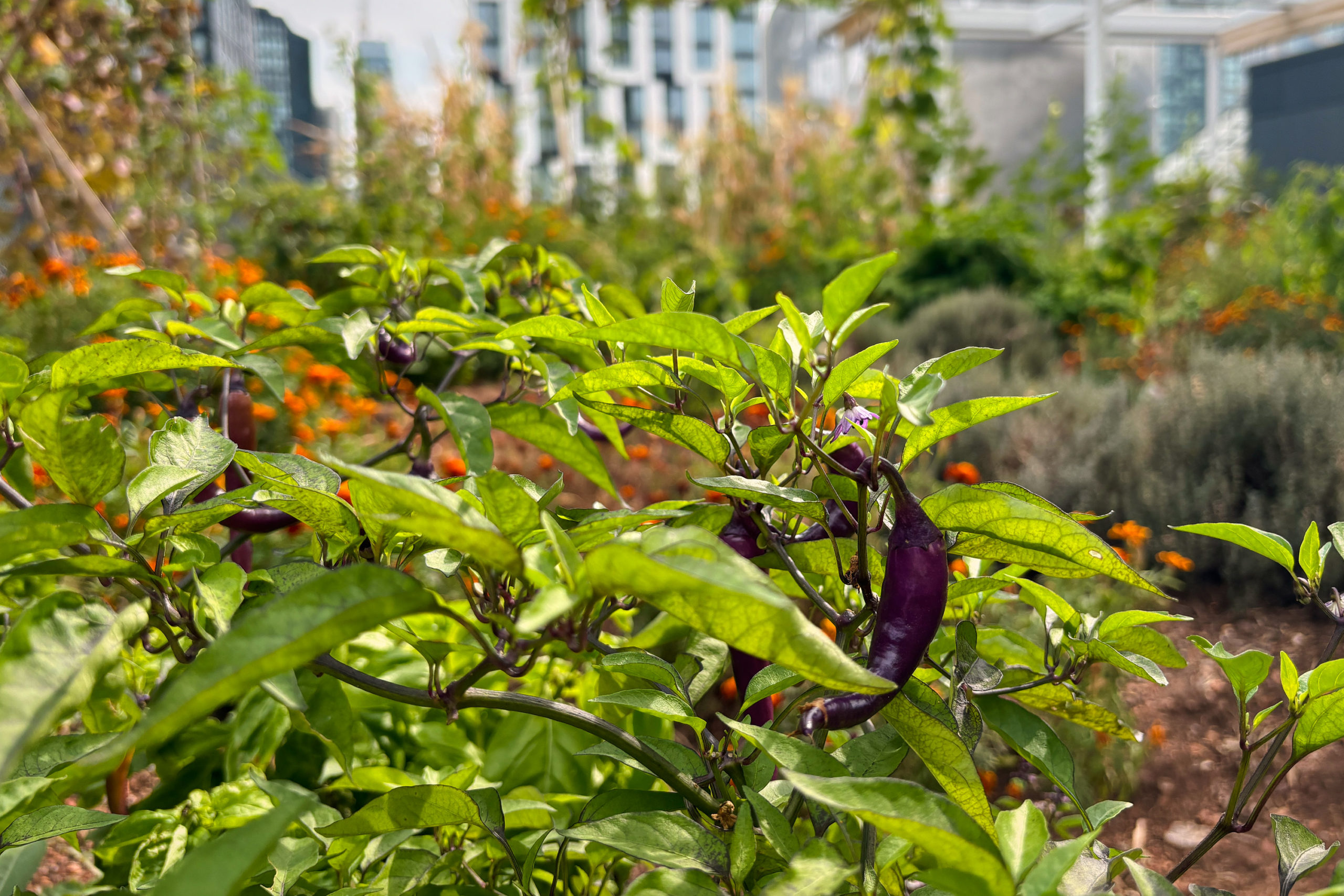
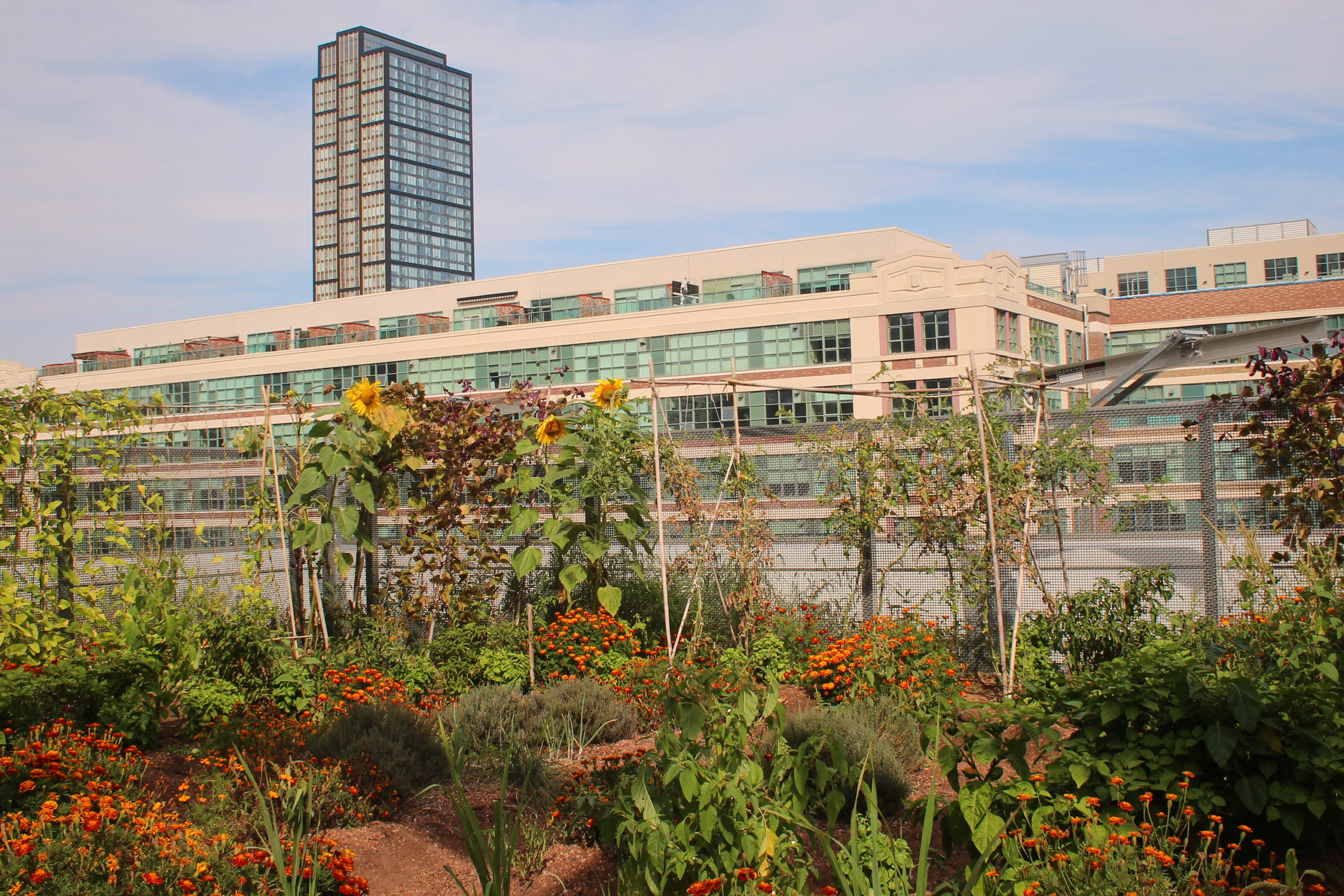
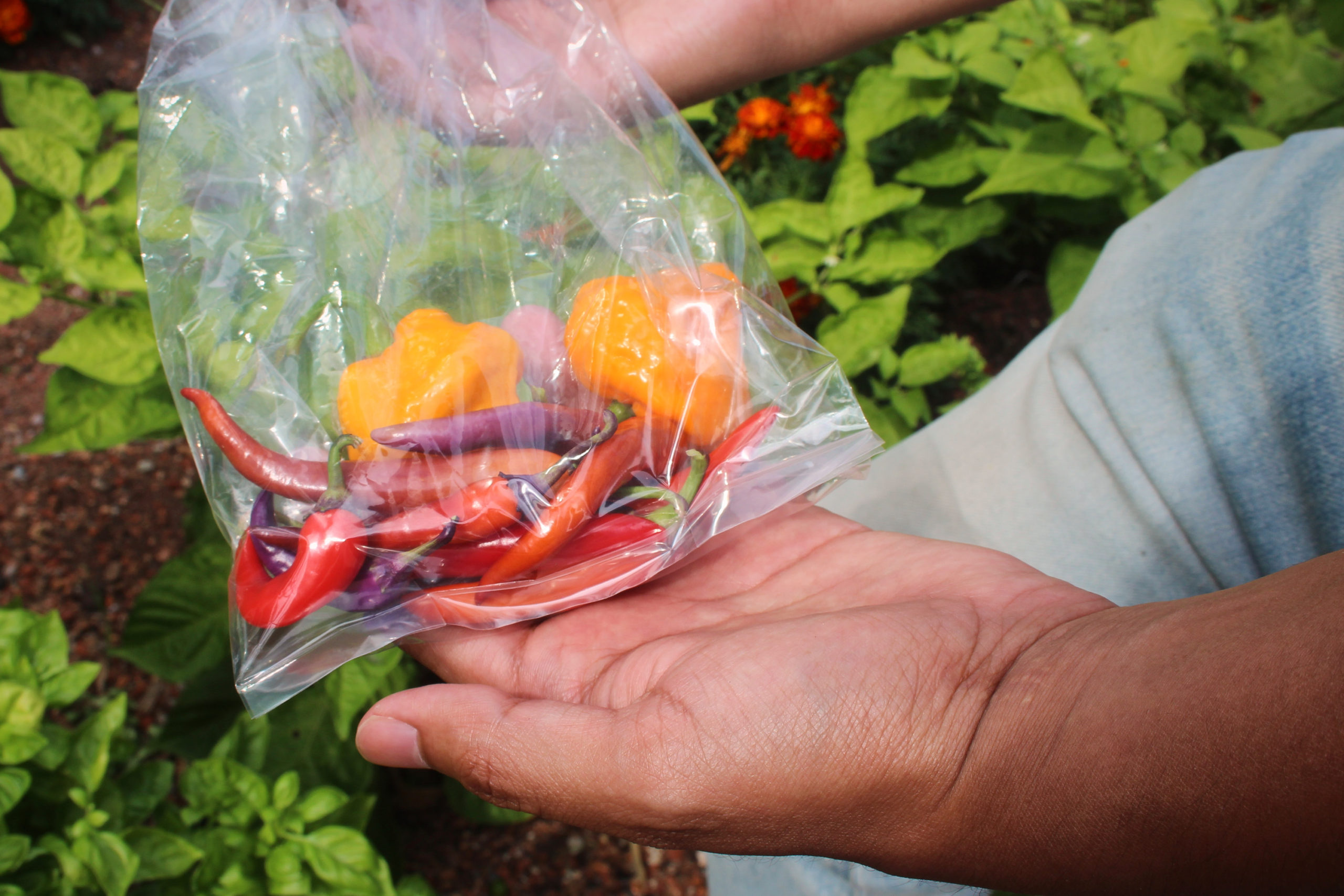
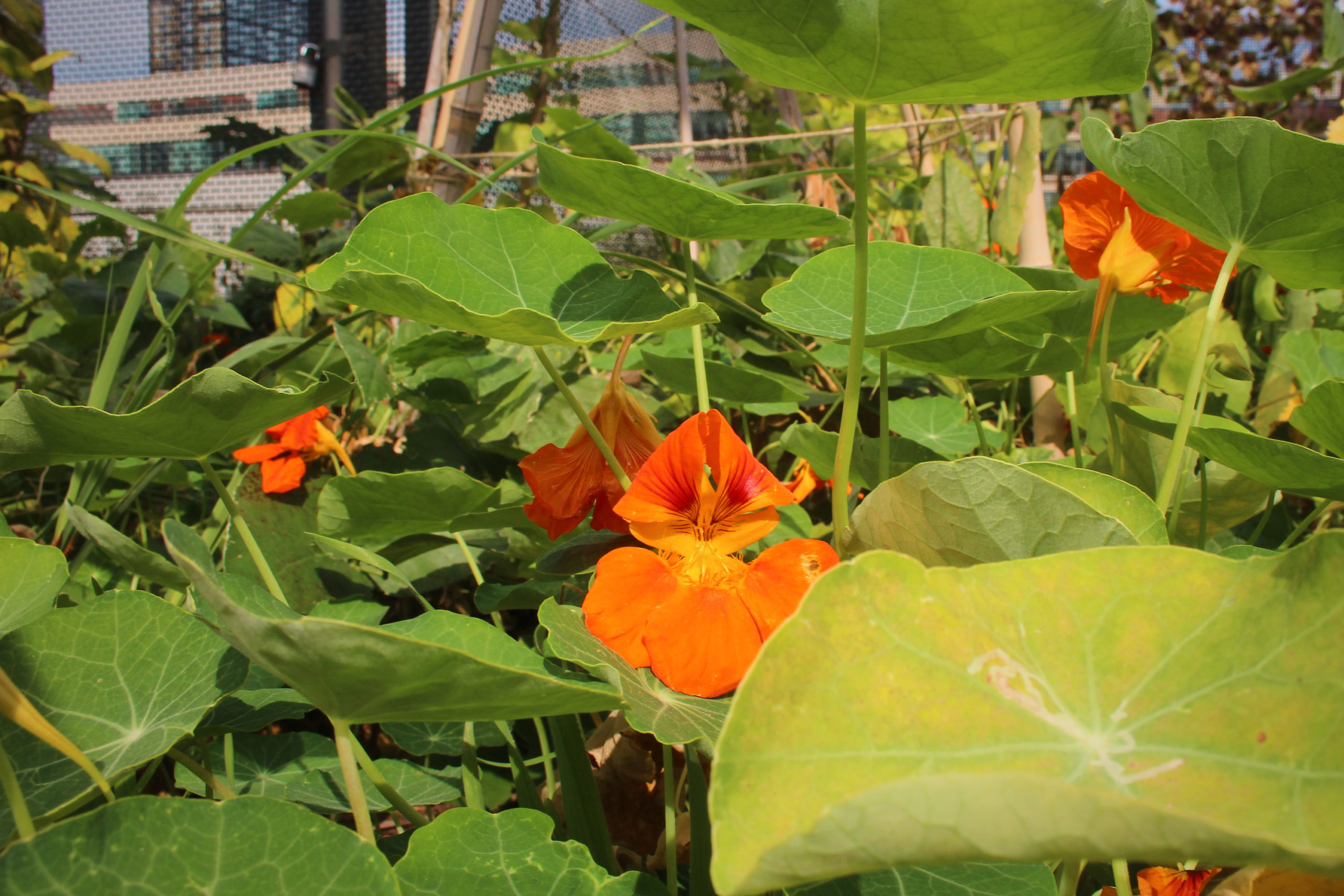
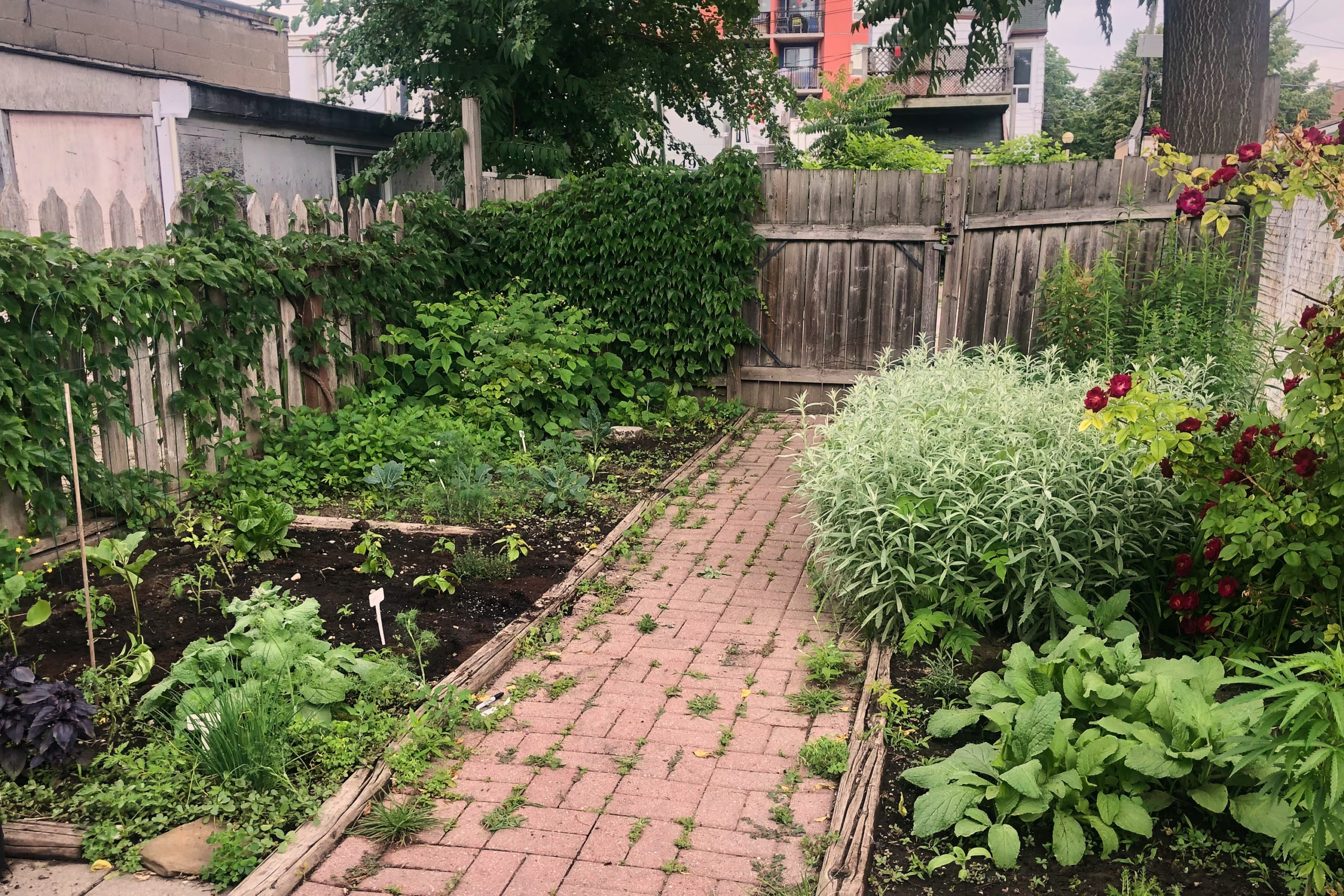
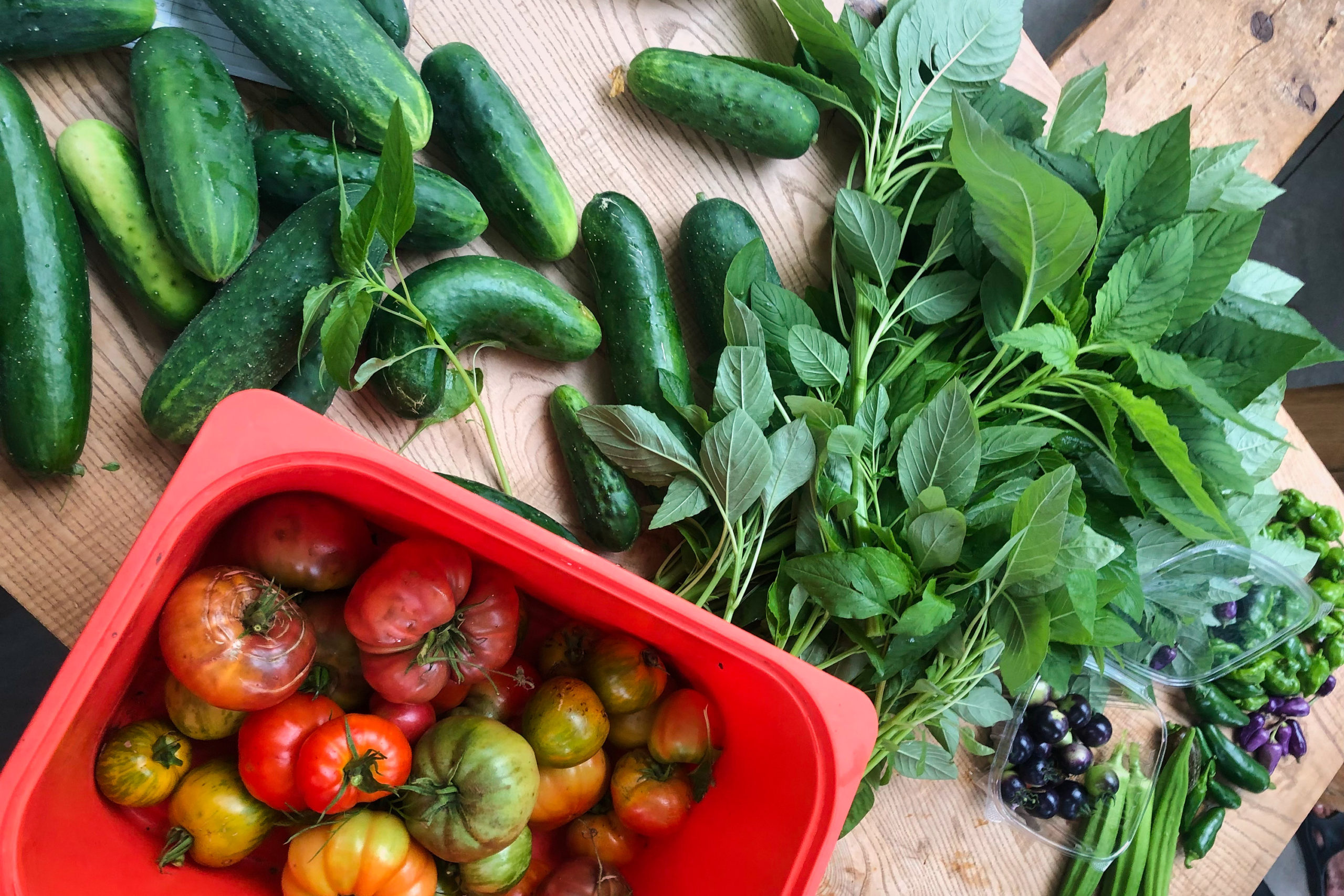
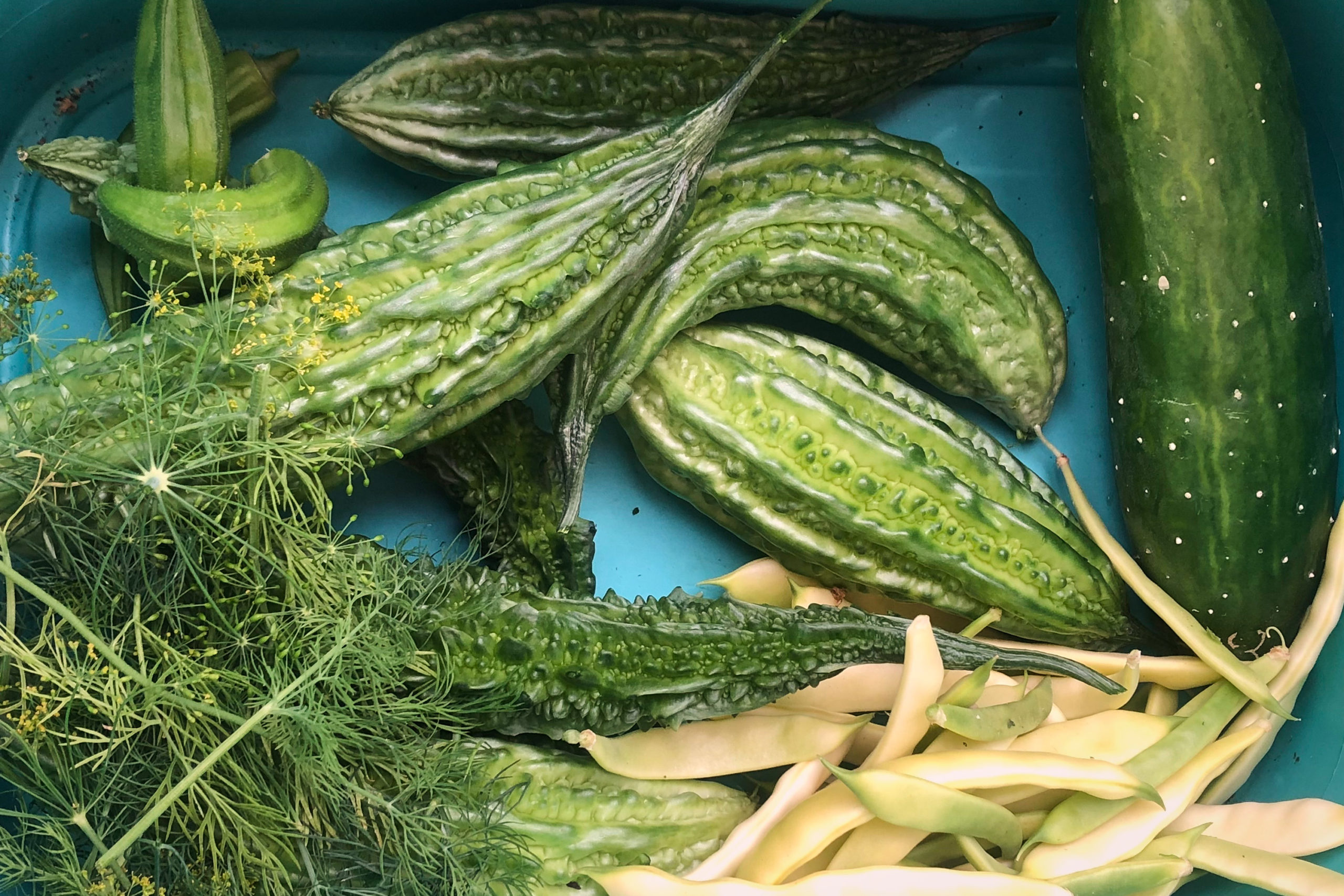
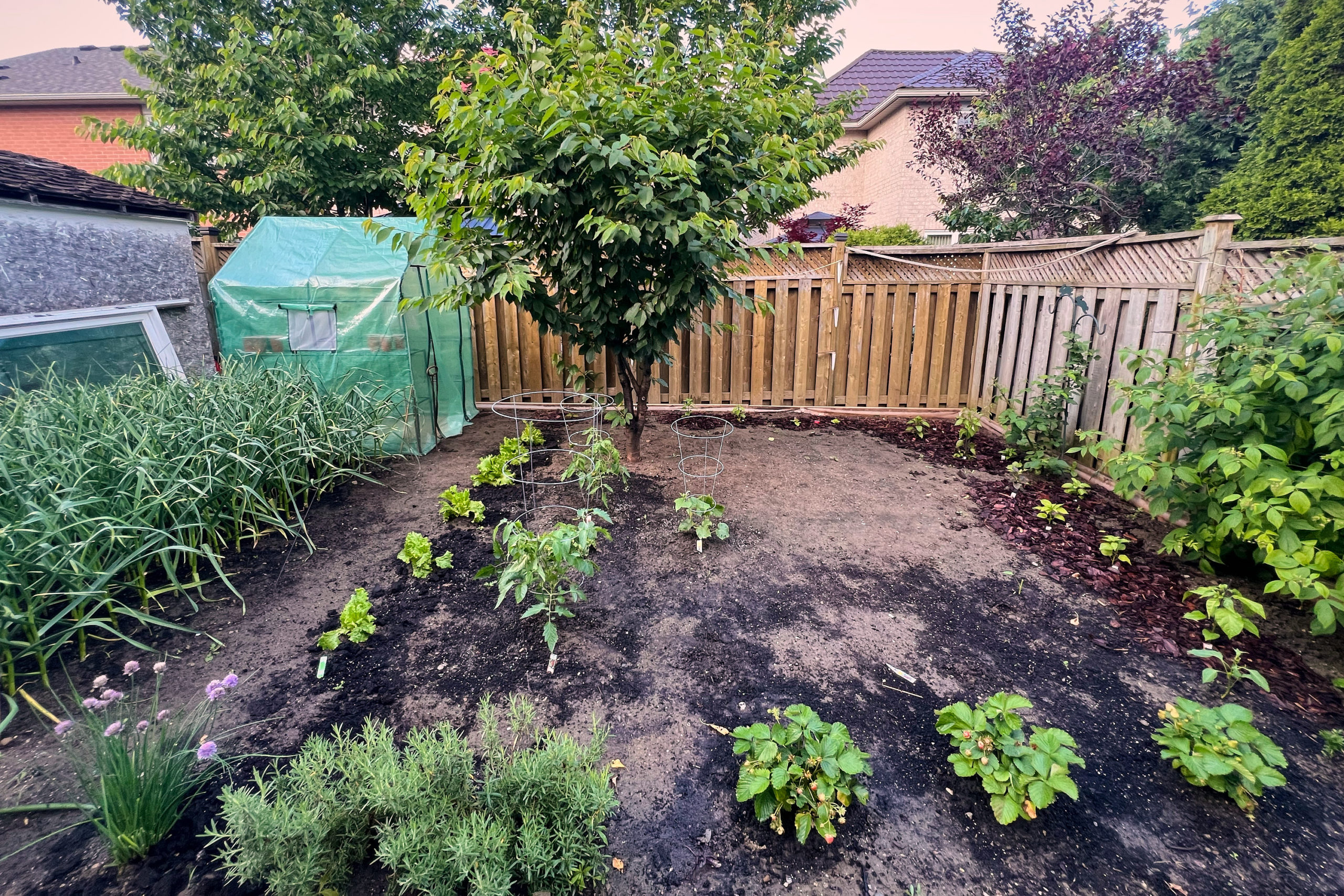
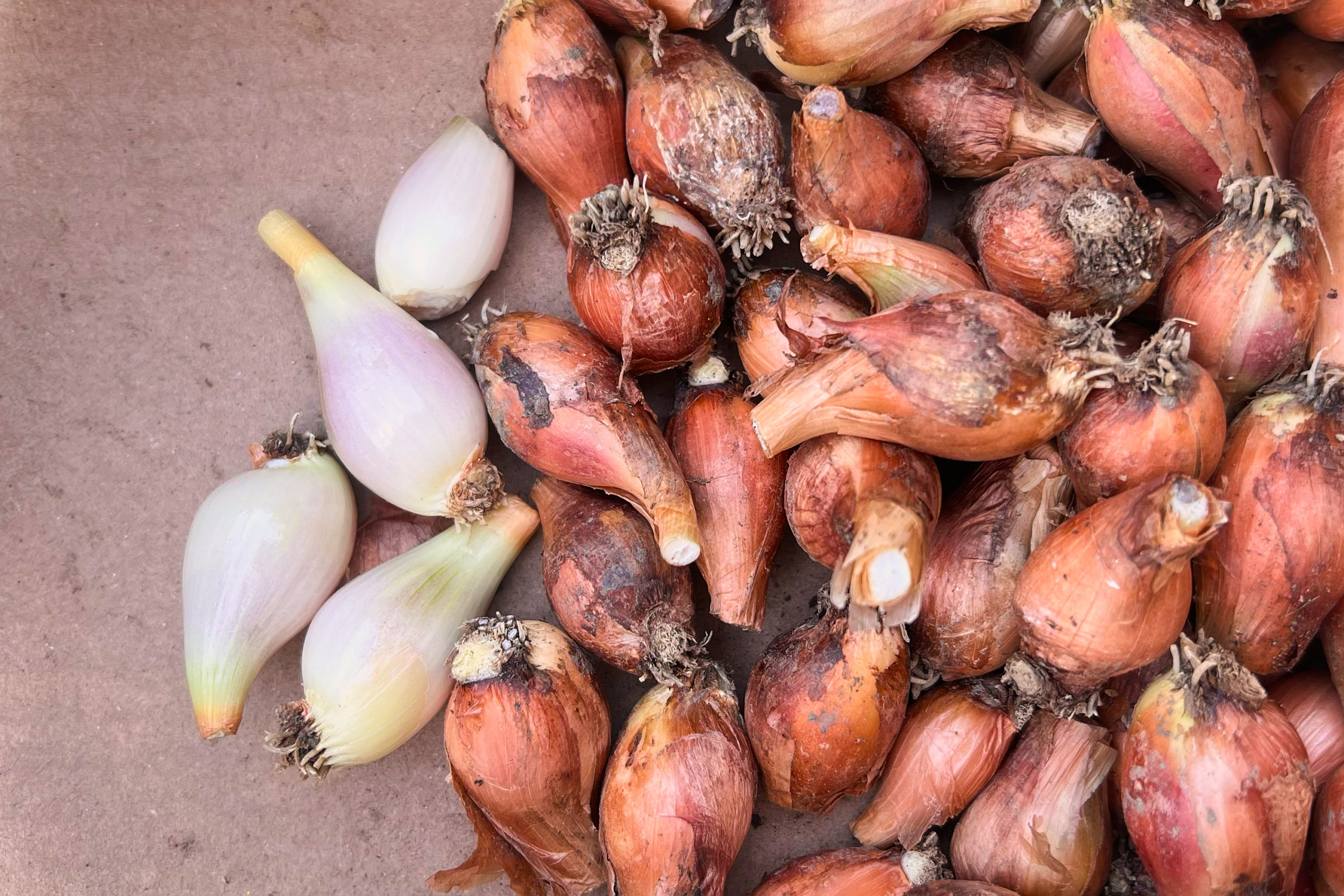
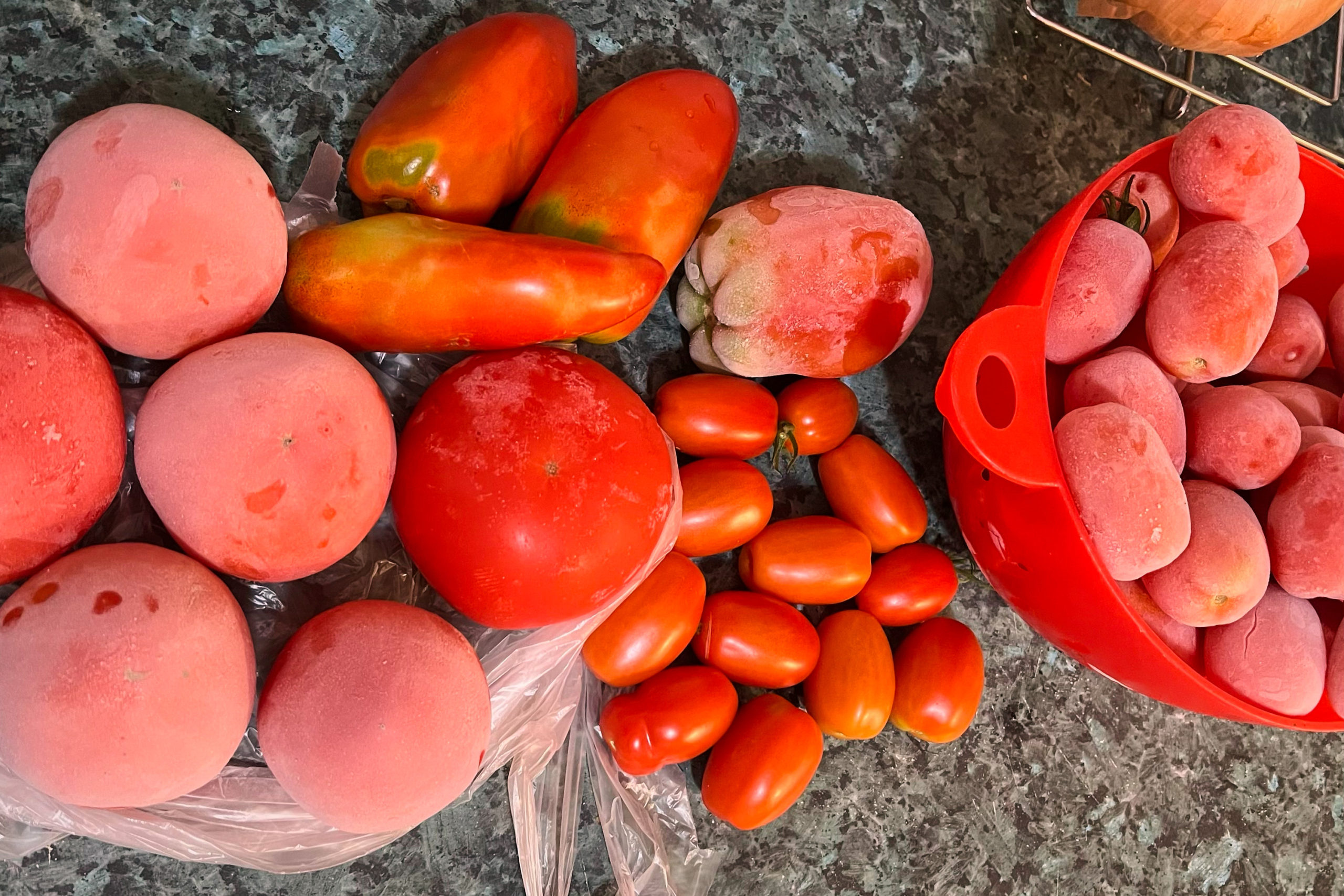








Leave a Reply